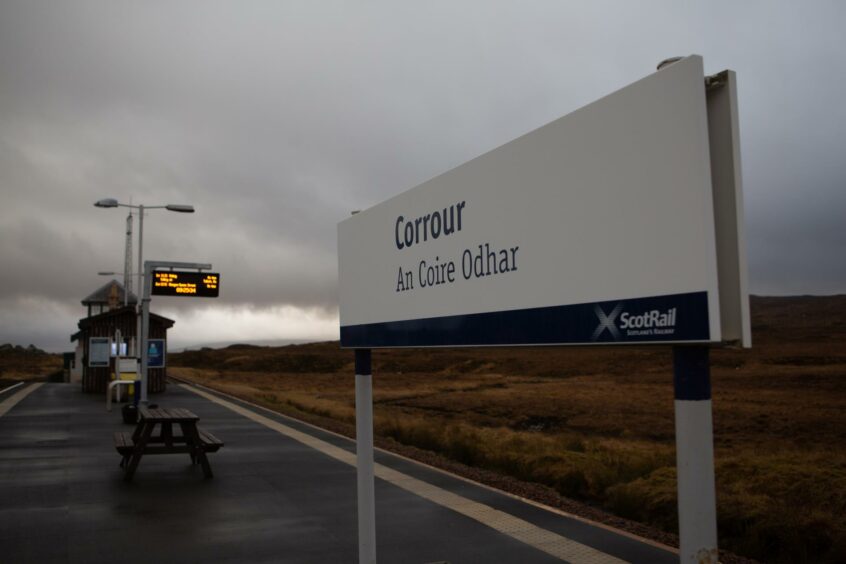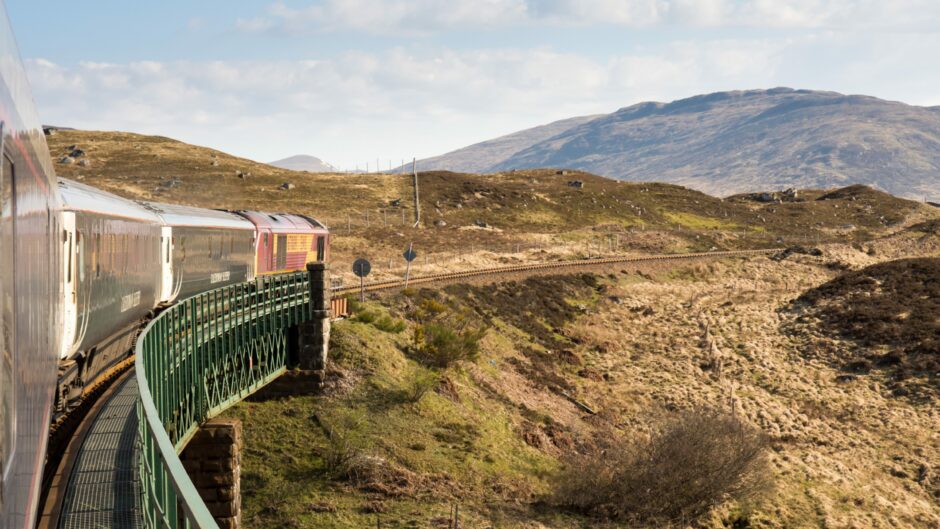This decade provides a vital opportunity for oilfield equipment and services (OFS) businesses to stand up and play their part in securing a net-zero future.
But, with much uncertainty around how this will be delivered, as well as the rapid pace of change when it comes to the energy transition, it is understandable business leaders may be losing sleep over their strategy.
It is not easy for firms, especially large ones, to suddenly change course and transform into a new company.
Businesses need to act decisively
Following COP26 in Glasgow last year, and with changing government policies and societal pressures at play, oil and gas producers and, therefore, OFS businesses in their supply chains have been impacted not just by the public’s increasing climate awareness, but also by the need to secure a more sustainable future.
To meet ambitious business and regulatory targets, OFS firms must recognise this context, evaluate their strategic energy transition options and act decisively.
Companies will benefit by thinking of the best course of action sooner rather than later.
The energy transition train has, so to speak, started its journey but stopped unexpectedly at Corrour (Rannoch Moor).
While the view is welcome, most people wouldn’t plan to stay too long.
OFS businesses operating on the front foot may take this opportunity to drive home their transition strategies while their competitors are distracted.
Recent political policy announcements regarding the UK energy security strategy published on April 7 include an autumn licensing round and new project regulatory accelerators.
They may give OFS businesses a moment’s respite in driving forward their transition strategies.
However, the same policy papers note that half of our demand for gas is met through domestic supplies, with an intention to reduce consumption by 40% by 2030, so this is not necessarily a growth story that will secure a private equity house a long-awaited exit for an OFS-focused business in its portfolio.
Why energy transition is important
Replacing fossil fuels with zero-carbon energy sources is crucial for slowing down global warming, which has had a devastating impact on both nature and human beings for some time now.
It’s fair to say considerable progress has already been made in the transition to a low-carbon energy future.
This is, in part, due to new technologies and government economic support facilitating manufacturing at scale, driving down cost in offshore wind and solar, for example.
But, while the transition is a crucial enabler of sustainable development and climate resilience, it isn’t just about producing renewable energy.
It is a long-term investment opportunity that will transform the entire energy system for the next 30 years and beyond.
Organic versus acquisition growth
When it comes to taking a step on this journey, OFS businesses have strategic decisions to make as to whether their response to the transition should be through organic or acquisition growth.
If your competencies are highly relevant in an energy transition space, then you may find yourself in the enviable position of being able to offer the same services but to new customers.
For example, your subsea surveys may be easily applied to offshore wind.
With some development spending, your competencies may allow you to offer new services to an even wider range of energy transition customers – perhaps you have piping and fluid connection competencies which can be applied to the hydrogen market.
Mergers and acquisitions
Alternatively, a robust mergers and acquisitions strategy could be a fast way to transition effectively and may be the only way if organic growth options are limited, given your current competency set.
However, there are costs associated with this, with higher multiples being paid for in-demand competencies than OFS businesses are used to, to tempt vendors to transact in the early stages of a 30-year growth story.
There won’t always be a perfect transaction for your business when you need one.
While lower multiples may be available in less mature areas of energy transition opportunity, for example, where a savvy purchaser spots an opportunity to pivot an established competency in a new direction, these are naturally harder to find and will have different risk profiles.
While all options won’t be available to every business, decision-makers should remain proactive about their energy transition strategy.
Assessing your organic and acquisition options is just the first step in proactively creating your own transition, but it is perhaps the most important one.
Bradley Watts is an Aberdeen-based director in the financial advisory team, transaction services, at Deloitte.



Conversation